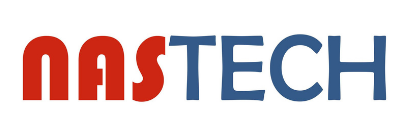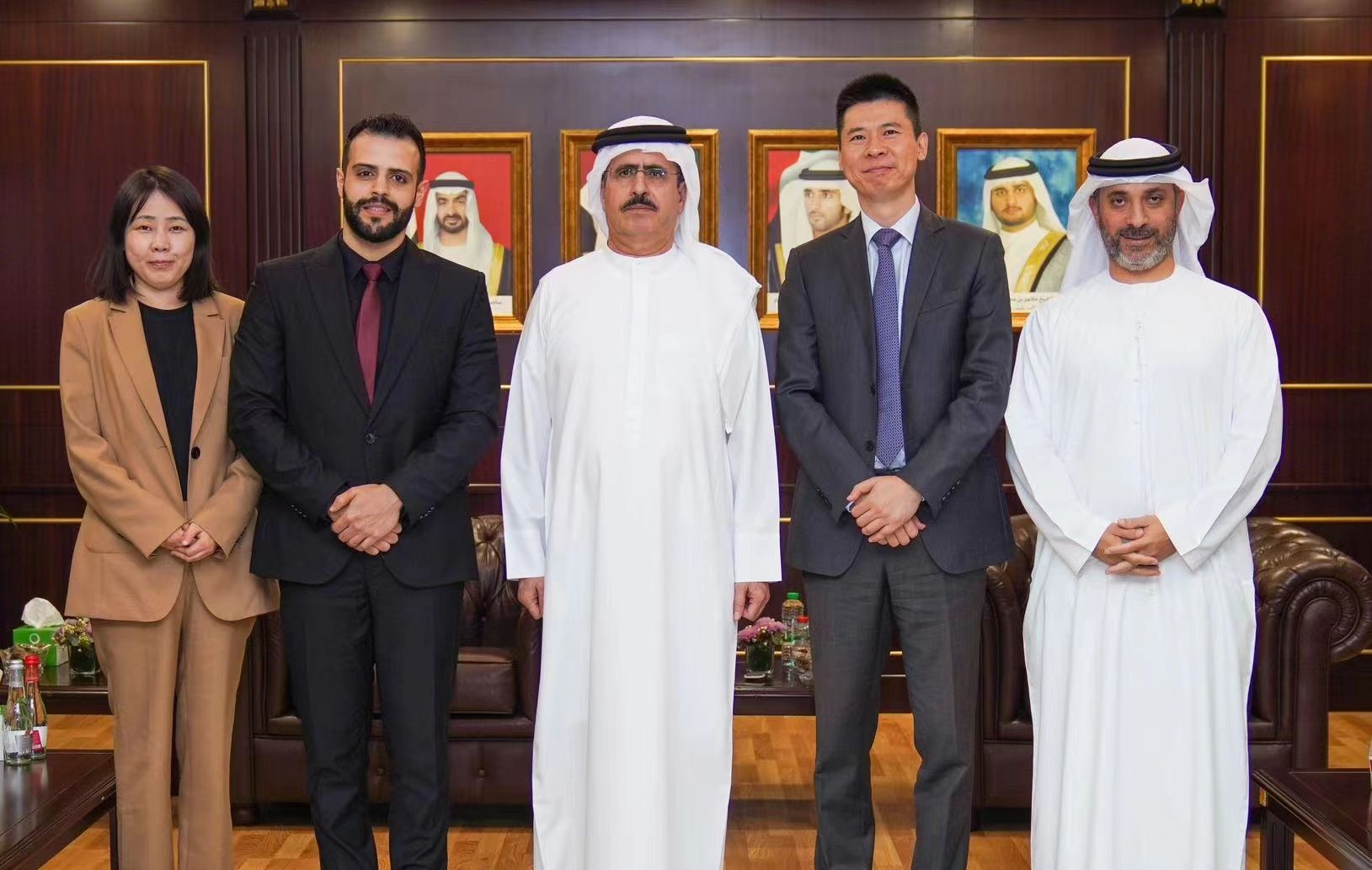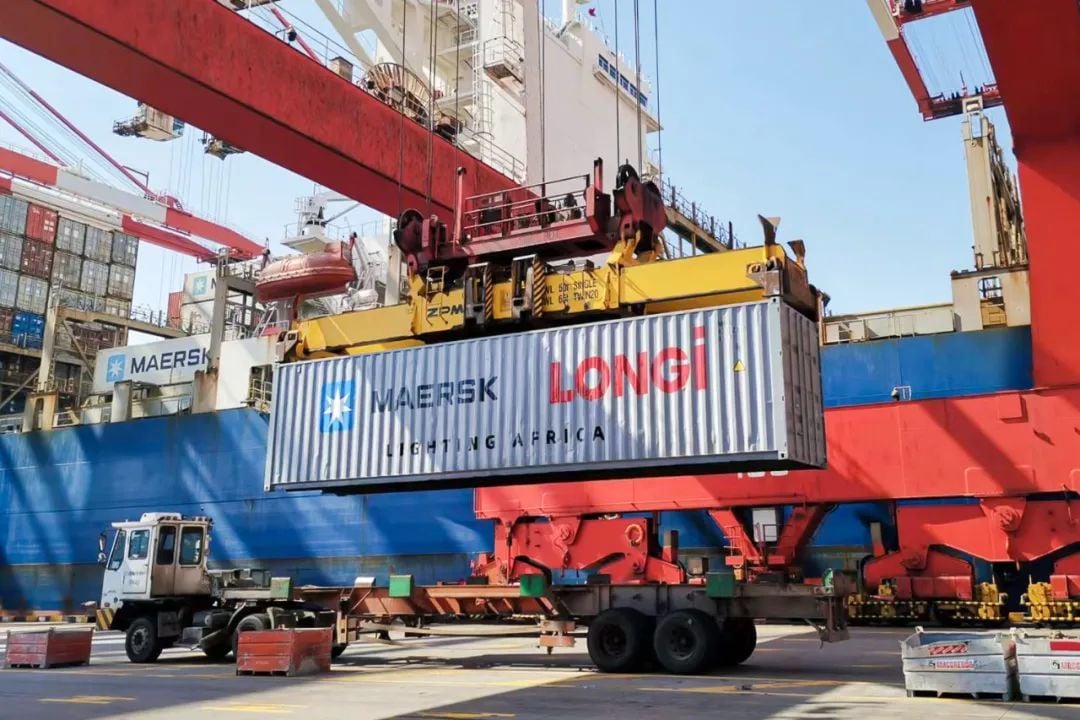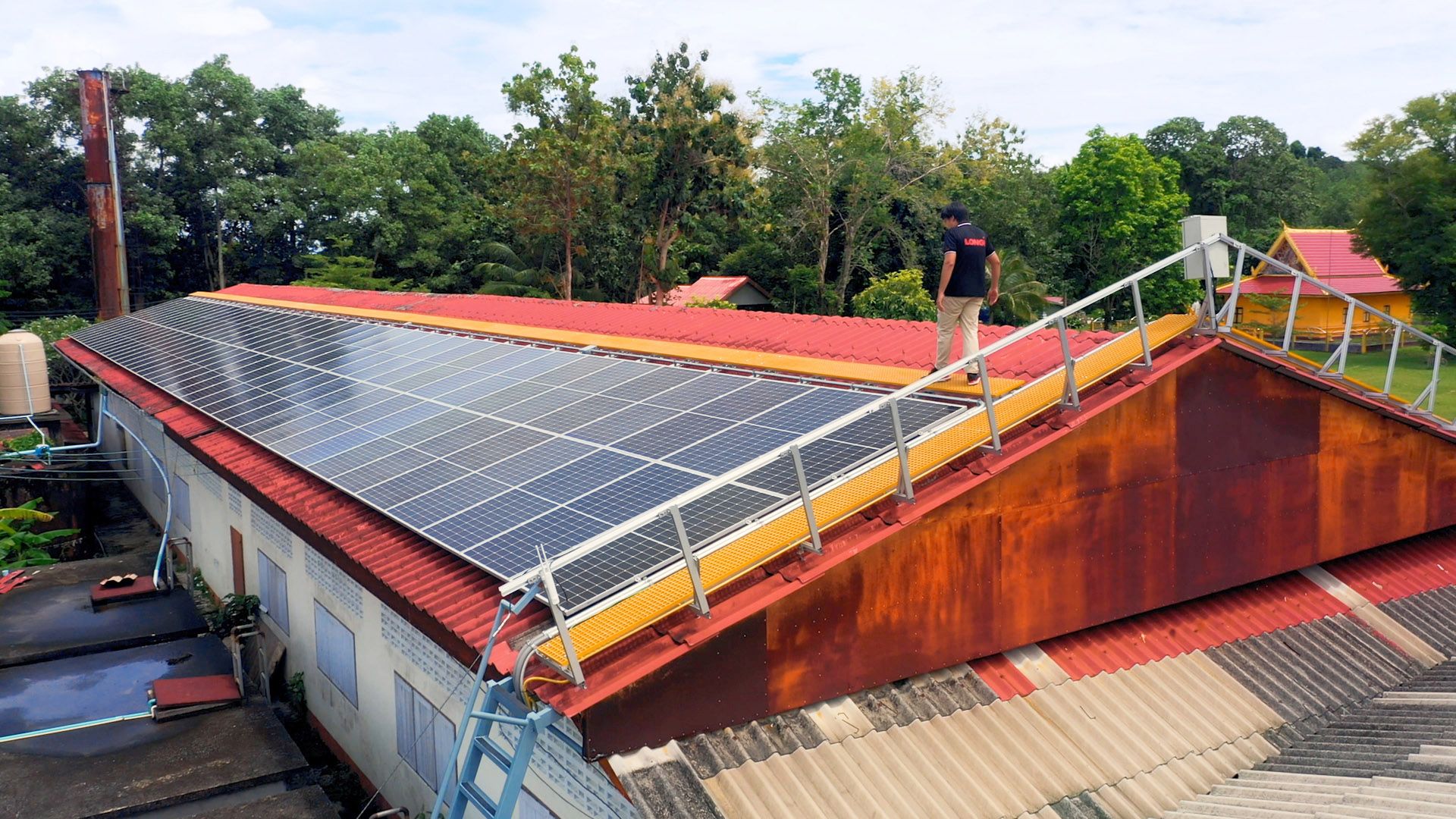LONGi Scores High Marks in Recent Module Quality and Reliability Reports-LONGi
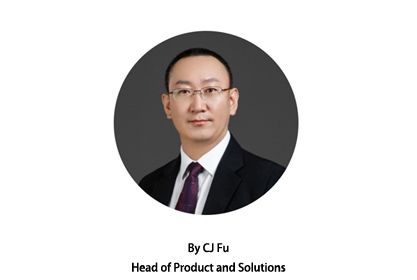
There’s no substitute for quality and reliability. No amount of intense sales pitches, breathless marketing hype or cool influencer crush can make a product perform well over the test of time. At LONGi, we develop and design products to perform, build them to last, and test them exhaustively to make sure they won’t fail, even under the most adverse conditions.

LONGi’s lifecycle quality system
Our rigorous lifecycle quality system covers product design, new material selection and qualification, optimized manufacturing processes and after-sale service to ensure the reliability of our final products. LONGi’s TÜV-and CSA-accredited product reliability labs employ more than 100 testing, research and analysis personnel. Because of our laser focus on quality and reliability throughout the R&D and manufacturing cycles, we are confident our products are among the best-performing solar modules on the market. In fact, LONGi has spent more than $826 million in R&D over the past decade, outspending all of our competitors!
High marks from independent testing labs
But don’t just take our word for it. We work with many of the world’s leading independent testing and certification labs as well. Two of these organizations, PVEL and RETC, recently issued their annual reports on solar module quality, reliability and performance, which share the results of putting hundreds of module types from dozens of manufacturers through a battery of lab and field tests. The results are in, and both PVEL’s PV Module Reliability Scorecard and RETC’s PV Module Index (PVMI) awarded LONGi with Top Performer status for its Hi-MO 4 and Hi-MO 5 modules’ exemplary test results.
The test regimens conducted by the labs, which were similar but not identical, included the following:
- Thermal cycling
- Damp heat
- Humidity freeze
- Dynamic mechanical stress and durability
- Backsheet durability
- Potential-induced degradation (PID)
- Light-induced degradation (LID)
- Light and elevated temperature-induced degradation (LeTID)
- UV exposure
- Hail durability
- Thresher accelerated multi-test sequence
- Module efficiency
- PAN tests (which evaluate module performance under specific, real-world operating conditions)
In other words, the modules were subjected to a daunting series of what RETC calls “beyond-certification testing,” another reminder that just because a module passes its relatively modest IEC and UL hurdles, that’s no guarantee of its ability to stand up to the rigors of 25, 30 or more years of fielded use.
“Simply meeting minimum certification requirements does not ensure a quality product for all project stakeholders in every application,” notes RETC in its report. “More-stringent testing protocols are required to identify, compare and contrast modules according to manufacturing and material quality…. Whereas certification and qualification tests represent the legal minimum requirements for product safety, enhanced or extended tests put additional stress on modules to identify areas of weakness and better predict long-term in-field reliability.”
Out of the lab and into the real world
How do these accelerated lifetime tests translate to the real world? For example, modules that perform well after being subjected to rigorous static and dynamic mechanical load and hail durability tests (HDT) are well-suited for deployment in regions prone to high winds, hail, ice and snow—and make excellent candidates for integration atop weather-resilient solar tracker systems in utility-scale PV farms.
LONGi passed those tests with flying colors, and was only one of two companies that received a Class A hail resistance rating based on RETC’s HDT results. Being recognized as Class A means the modules showed “no abnormalities that can lead to premature drop in power” and “low to no power loss” after going through the hail impact, thermal cycling and hot-spot endurance testing and characterization procedure. This type of data has been essential in making risk-averse development, project finance and insurance companies comfortable with the selection of LONGi modules for installations in hail-prone areas.
I encourage those interested in taking a deeper dive into module quality and reliability to read these reports. In the meantime, you can rest assured that LONGi spares no effort to consistently provide some of the most reliable, high-performance modules on the market.
About LONGi
Founded in 2000, LONGi is committed to being the world’s leading solar technology company, focusing on customer-driven value creation for full scenario energy transformation.
Under its mission of 'making the best of solar energy to build a green world', LONGi has dedicated itself to technology innovation and established five business sectors, covering mono silicon wafers cells and modules, commercial & industrial distributed solar solutions,green energy solutions and hydrogen equipment. The company has honed its capabilities to provide green energy and has more recently, also embraced green hydrogen products and solutions to support global zero carbon development. www.longi.com
